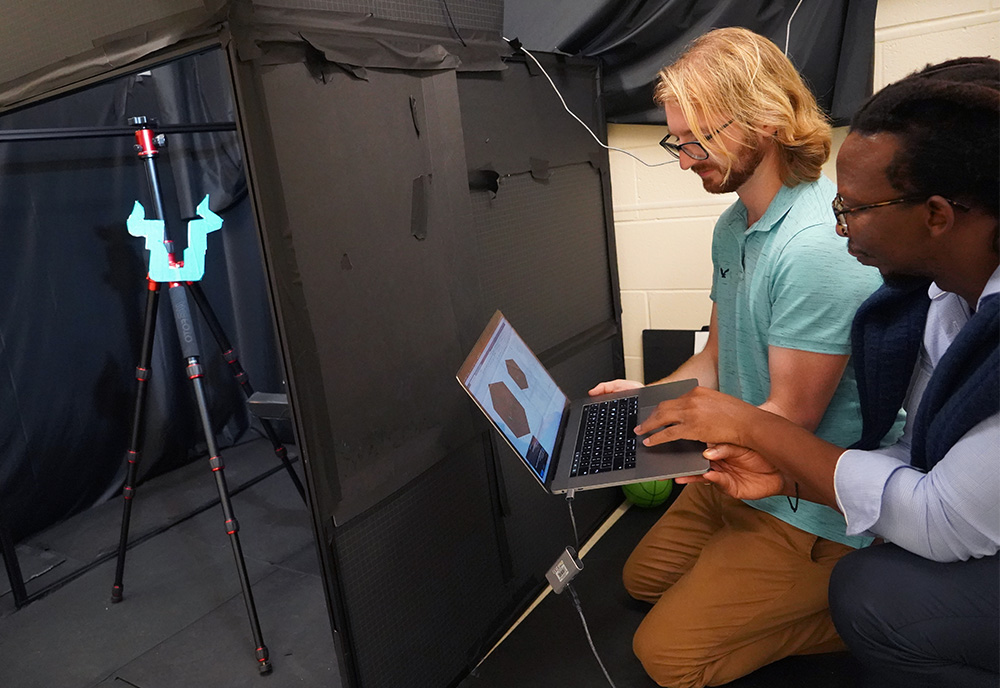New technology can see past obstructed views, potentially preventing accidents and helping in various scenarios
Researchers from the University of South Florida, led by Assistant Professor John Murray-Bruce and doctoral student Robinson Czajkowski, promise to revolutionise how we perceive the environment and allow us to see past obstructed views.
Accident prevention: The ability to see through objects/walls
The inspiration behind this development stems from a personal experience from Professor John Murray-Bruce. When Murray-Bruce was in a car crash, he wished he could have foreseen the collision. To prevent these incidents in the future, he set out to expand our line of vision beyond physical barriers.
The technology uses a single photograph to generate a highly accurate, full-colour, three-dimensional reconstruction of hidden areas. This is achieved by using faint shadows captured in the image, transforming ordinary surfaces into mirrors that reveal obstructed views and objects. Although shadows may sometimes be invisible to the naked eye, their presence is still vital.
“We’re turning ordinary surfaces into mirrors to reveal regions, objects, and rooms that are outside our line of vision,” explains Murray-Bruce. “We live in a 3D world, so obtaining a more complete 3D picture of a scenario can be critical in a number of situations and applications.”

Further implications of the technology
This technology exceeds past jus accident prevention; it has the potential to be used for law enforcement in hostage situations and during search and rescue operations.
There have been similar efforts in the past but they needed specialised and costly equipment; this new breakthrough achieves the same results using readily available sources.
Making prediction more accessible
This advancement of imagery technology removes financial barriers, making it more accessible for widespread adoption. Murray-Bruce estimates a timeline of 10 to 20 years before the technology reaches a level of robustness suitable for law enforcement and automotive industries.
They focus on refining the technology’s speed and accuracy to widen its applications. “In just over a decade since the idea of seeing around corners emerged, there has been remarkable progress,” notes Murray-Bruce. “This increased activity, along with access to better, more sensitive cameras and faster computing power, form the basis for my optimism on how soon this technology will become practical for a wide range of scenarios.”
While still in the developmental phase, the algorithm is available for fellow researchers to explore, enabling collaboration and further advancements in the field. Murray-Bruce and Czajkowski have created a future where accidents are preempted and unseen dangers are brought to light.












